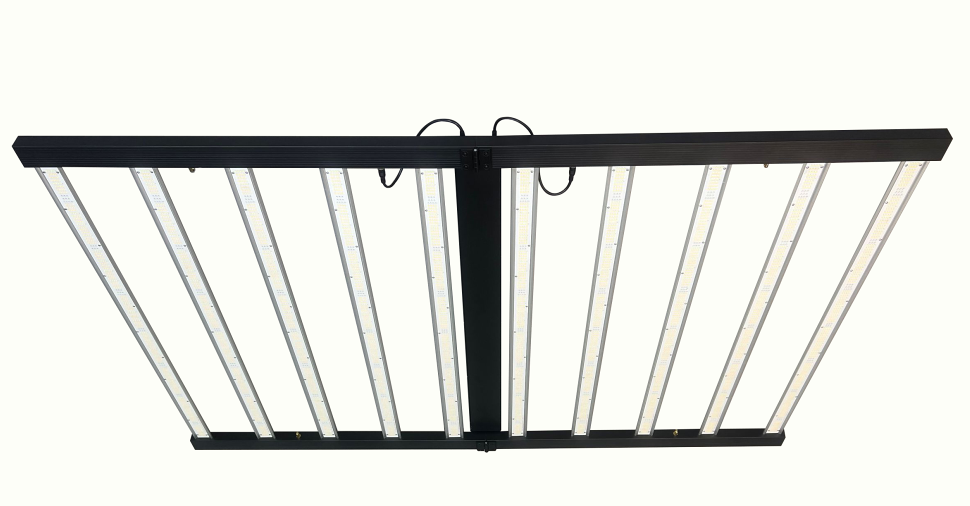When designing an ideal lighting environment for indoor plant cultivation, indoor growers should consider three characteristics: light quality, light quantity, and light duration.
Once you understand how these characteristics work together, you can optimize your indoor plant cultivation lighting environment to grow healthy, uniform crops and benefit from year-round production, increased yields, and shorter harvest cycles.

Light Quality
Light quality is the wavelength of light reaching your crop. Light used for indoor plant cultivation comes primarily from the Photosynthetically Active Radiation (PAR) band of the spectrum. PAR has wavelengths between 400 and 700 nanometers (nm). These wavelengths drive photosynthesis, the chemical process that drives plant growth. LED technology allows you to provide the wavelengths of light that are most useful to your plants.
While we are currently focused on wavelengths in the PAR (400-700 nm) for photosynthesis, emerging evidence suggests that wavelengths outside of this band can boost photosynthesis. As LED research continues to advance, we may see changes in the boundaries of the PAR region in the future.
Light Quantity
Light quantity is the total amount of light received by your crop. Indoor plant cultivation often measures light quantity with a PPFD value. PPFD is the number of micromoles of light that hit any given square meter of your crop per second.
Each crop has an ideal PPFD that it requires for optimal growth. This light requirement reflects the plant's natural habitat. For example, plants growing on the forest floor, such as orchids, will have lower PPFD requirements than tomatoes growing in an open valley.
An ideal light environment achieves your crop's target PPFD without exceeding it, and distributes light evenly throughout the plant canopy. This ensures that your crops grow equally evenly.
Excessive light exposure to crops can damage the plants and waste energy. For example, overexposing lettuce to excessive light can result in cigarette burns, which makes damaged plants more difficult to sell.
Light Duration
Light duration is the number of hours of light your crop receives. Light duration is also called photoperiod. Photoperiod controls flowering, dormancy, and other biological responses in many plants.
















